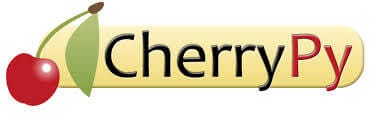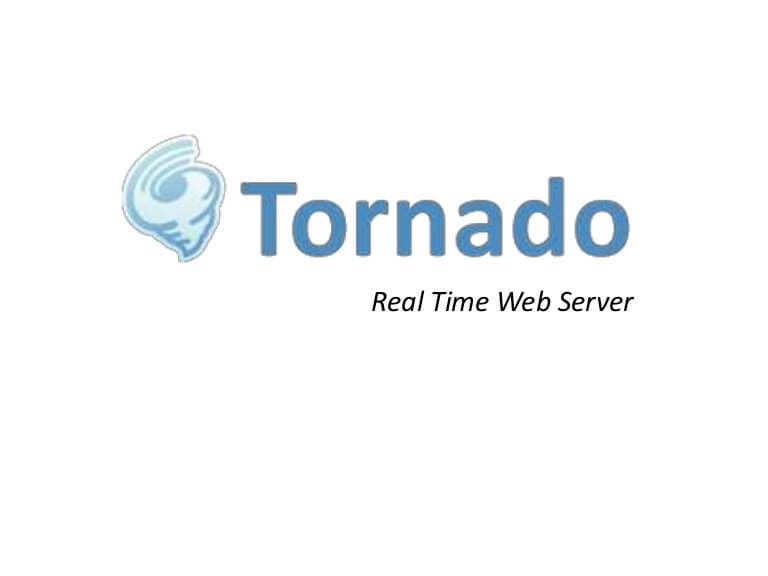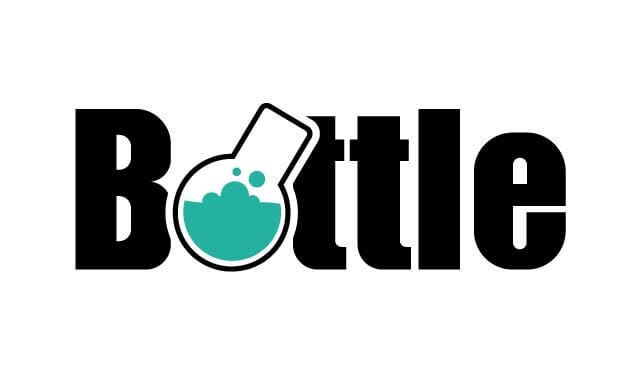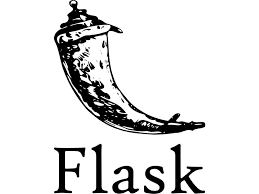Latest news about Bitcoin and all cryptocurrencies. Your daily crypto news habit.
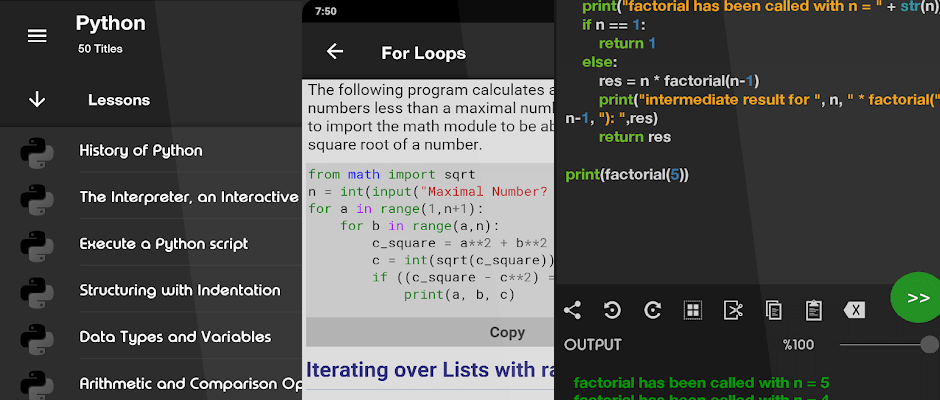
By now, every custom Python developers must know about the strength and capabilities of Python. Python is a programming language that does need any introduction. If you are here, it probably means that you have some basic programming skills and that you might be in search of avenues to explore more over this particular language.
There are many wonderful frameworks that may be used directly rather than re-inventing the wheel altogether. So, in this article, we are going to talk about the various Python frameworks that can be put to use right away.Before we begin, let us first understand what exactly is a web framework.
What is a web framework?
A web development framework is a set of tools and resources for the software developers to build and manage the websites, web services, and web applications. It works as an abstraction tool that makes it easier to develop the applications and reuse the code.
Why do we need web development frameworks?
When you are doing the custom software development, web development frameworks make the development easier, and hence faster, quicker and more efficient. Many of the development frameworks are cheap, and this makes the overall client cost more small.
A framework that is being used widely has big security implementations. Here, the major benefactor is the community behind it, where the users become the long-term testers and can provide fixes.
Now that we have explained the benefits and uses of the web development frameworks, let’s talk about the top Python frameworks, their benefits and why you should use them.
Also Read: Let’s Create Successful Python Web Apps
CherryPy
CherryPy is one of the oldest frameworks that is quite stable and fast. This framework allows the developers to build web applications in a similar way to how they might build any other object-oriented Python application. This, in turn, results in smaller source code developed in less time. Since its inception, CherryPy has proven to be efficient & quick and is being used in production by many of the sites, right from the simplest to quite demanding ones.
Features
- Runs on 2.7+, 3.5+, Jython, Android and PyPy
- Built-in coverage, profiling, & testing support
- Easy to run multiple HTTP servers (for instance, on multiple ports) at once
- One of the most powerful configuration systems for deployers and developers alike
- A flexible plugin system
Tornado
Tornado is a Python framework and asynchronous networking library that is good at handling many concurrent connections simultaneously. Hence, it is used in the polling applications and other applications where keeping many of the simultaneous connections open at the same time is very useful.
Features
- It has a high-quality performance
- Being a small framework, it is great for HTTP+JSON service
- Since the framework is small, you can always read the source code and understand what is going on.
- Non-blocking HTTP client
Bottle
Bottle is a simple, lightweight, and fast WSGI micro web framework for Python. It is distributed as the single file module & has no other dependencies than Python standard library. It is designed to be light-weight and allow the development of web applications quickly and effectively.
Features
- It has a built-in HTTP server
- It allows the users to access form data, cookies, file uploads, headers & other HTTP-related metadata
- A single file that runs with both Python 2.5x and 3.5x
Flask
Flask is a microframework that is best suited for easy and small projects. This framework is based on Jinja 2 and Werkzeug. The main purpose of this framework is to develop a strong web application base.
Features
- Contains development debugger and server
- Extensive documentation
- Support for secure cookies
- Unicode-based
- Integrated support for unit testing
CubicWeb
CubicWeb is a semantic, free, and open-source Python web structure that encourages engineers to productively construct web applications by reusing segments (called 3D shapes) and following the notable item situated plan standards. It is a decent answer for semantic web application advancement which advances reusability, quality, and productivity.
Features
- It supports Web Ontology Language (OWL) and Resource Description Framework (RDF)
- It has good security workflow
Final Words
With the increasing use of web applications, the demand for these frameworks seems to be increasing more. Depending on your business needs and requirements, decide which Python framework you have to choose. A good Python development company in India can help you in finding the right framework as per your needs. I hope that I have given you a better idea about the various Python frameworks and that you will be able to decide the best that fits in your requirements.
5 Top Python Frameworks in 2019 was originally published in Hacker Noon on Medium, where people are continuing the conversation by highlighting and responding to this story.
Disclaimer
The views and opinions expressed in this article are solely those of the authors and do not reflect the views of Bitcoin Insider. Every investment and trading move involves risk - this is especially true for cryptocurrencies given their volatility. We strongly advise our readers to conduct their own research when making a decision.
